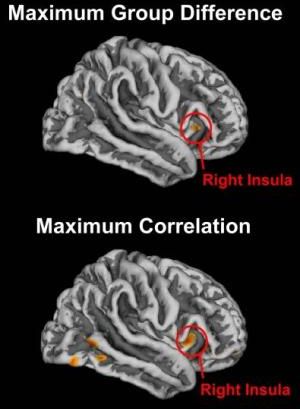OF THE
TIMES

Say you're in your car, sitting at a red light behind another car. The lights turn green but the car in front doesn't move. Twelve seconds go by. Do you think you'd be more likely to honk if the car was an old Ford or if it was a brand new Porsche?Over the weekend 1,313 people took part and the results were clear-cut. Here's what you said: 781 people thought they'd be more likely to honk at the high-status car and 532 said it would be the low-status car.
This paper provides a theory, based on neurophysiology and neuroanatomy, to understand how yoga helps patients feel better by relieving symptoms in many common disorders."

Comment: Éiriú Eolas Stress Control, Healing and Rejuvenation Program is the modern revival of an ancient breathing and meditation program which is being acclaimed around the world as THE TOOL that helps to relax from the stresses of everyday life, gently work your way through past emotional and psychological trauma, release repressed emotions and mental blockages as well as rejuvenate and Detoxify your body and mind.